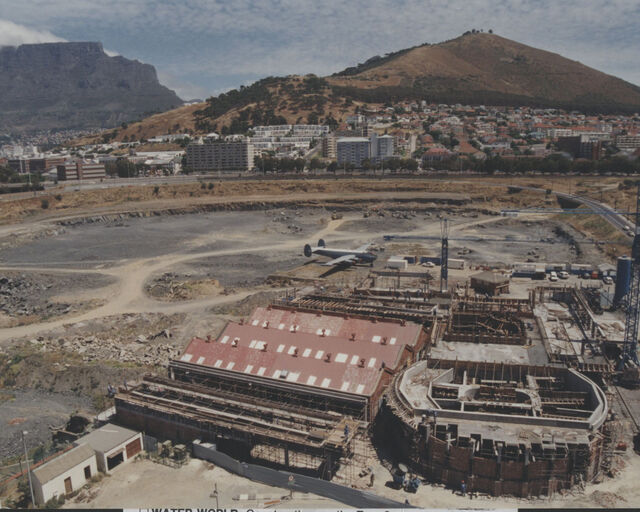Many ocean-minded people celebrate Plastic Free July: a time when we reflect on our plastic usage and how we can make better choices as consumers and positively impact the environment. Let's get a better understanding of what plastic is, where it came from, and what our role is in the cycle of pollution.
What is plastic?
Plastic is man-made and built of polymers. A polymer (which can be natural or synthetic) is a substance constructed of large, repeating molecules. Plastics are manufactured from oil, natural gas, and in some cases, plant materials. These materials are then refined into ethane and propane, which are heat-treated to turn them into monomers: ethylene and propylene. These monomers combine with a stimulant to create a polymer "fluff" - this is placed into a moulding machine, where high heat forms it into a plastic pipe. After the pipe is cooled, it is cut into small pellets called nurdles. These little nurdles are the building blocks of all plastic products. For example, to make a plastic water bottle, nurdles are melted, coloured, and moulded.
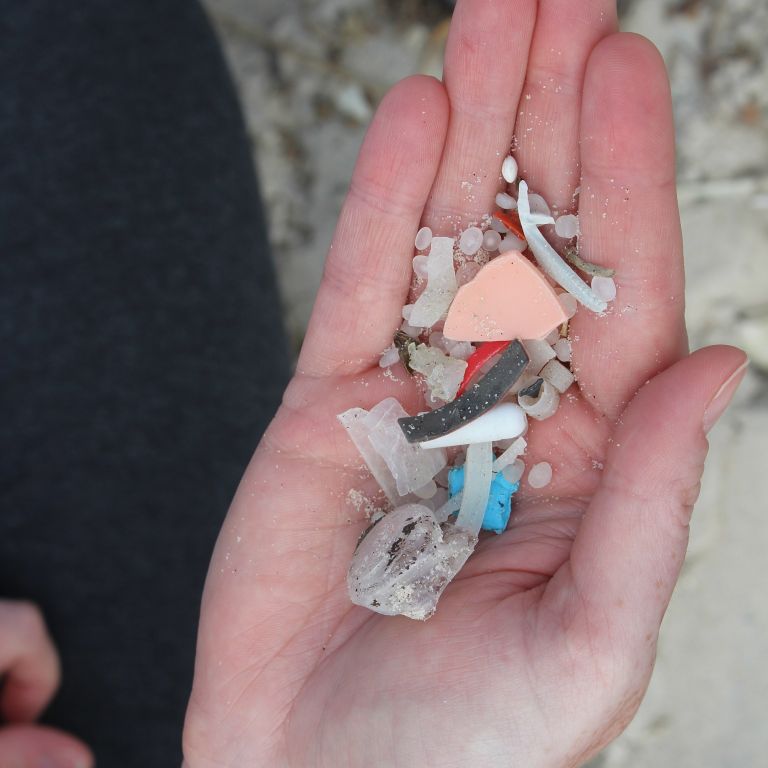
The history of plastic
Many people probably believe plastic to be a relatively modern invention. In fact, the first plastic was invented in the mid-1800s by Alexander Parkers. It was first known as "Parkesine" and was discovered when Parkes was experimenting with a synthetic substitute for shellac, a waterproofing material. Parkesine, a mixture of flammable wood cellulose, alcohols, and camphor, created a substance that was “as hard as horn, but as flexible as leather, capable of being cast or stamped, painted, dyed or carved.”
In 1907, Bakelite was invented by Leo Hendrik Baekeland. Bakelite combined phenol and formaldehyde, making it the first truly synthetic polymer. It replaced shellac and hard, natural rubber in the electricity industry and home appliances.
Plastic shot to popularity during the Second World War, and there was a push for innovation driven by demand. In 1933, polyethylene and polystyrene were created in quick succession. Nylon followed in 1939 but was rationed due to the US Government's need for strong material in wartime parachutes and rope. In 1941, expanded polystyrene was created (accidentally). This new material was immediately used as insulation and shock absorbers. The rest is history - plastic took off and quickly became a household and industry staple.
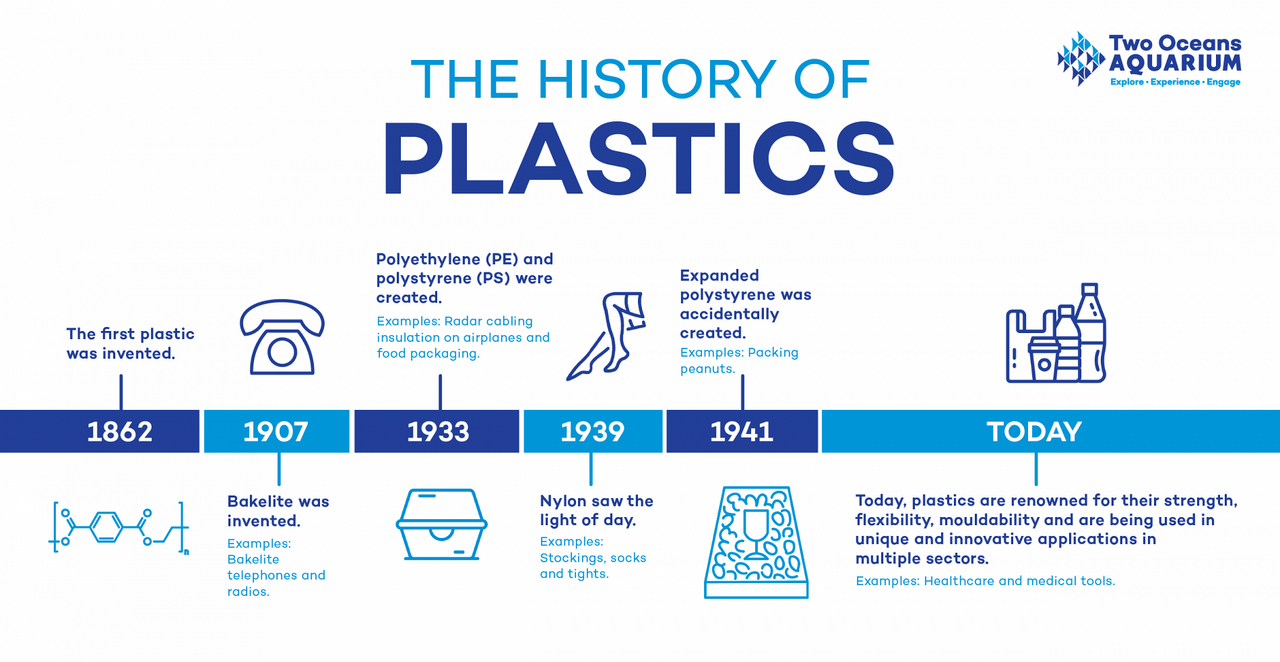
The perils of plastic
Plastic is everywhere and very difficult to avoid. It has permeated our lives in every way imaginable - from the utensils we eat with, the clothes we wear, the appliances we use, and the products we buy - everything is connected to plastic.
The scary thing about plastic is that it cannot break down, biodegrade, or become part of the natural system again. Instead, plastic breaks up infinitely – a single-use water bottle will break into smaller and smaller pieces until even plankton mistakes it for food. Studies have revealed microplastics in drinking water, our food, and even human breast milk. Marine life (and humans) are in grave danger.
At the Two Oceans Aquarium, we have intercepted innumerable encounters between animals and plastic. 70% of the turtles in our Foundation’s Turtle Conservation Centre have ingested plastic. Bob, our beloved green turtle rescued in 2014 and released in 2023, excreted several pieces of plastic and balloon fragments. The turtle hatchlings that are rehabilitated by the turtle team regularly pass plastic during their time at the Aquarium. Our Marine Wildlife Management Programme rescues hundreds of Cape fur seals every year from entanglement in plastic cords, bands, ropes, and bags. These are the harsh realities of daily life for marine life.
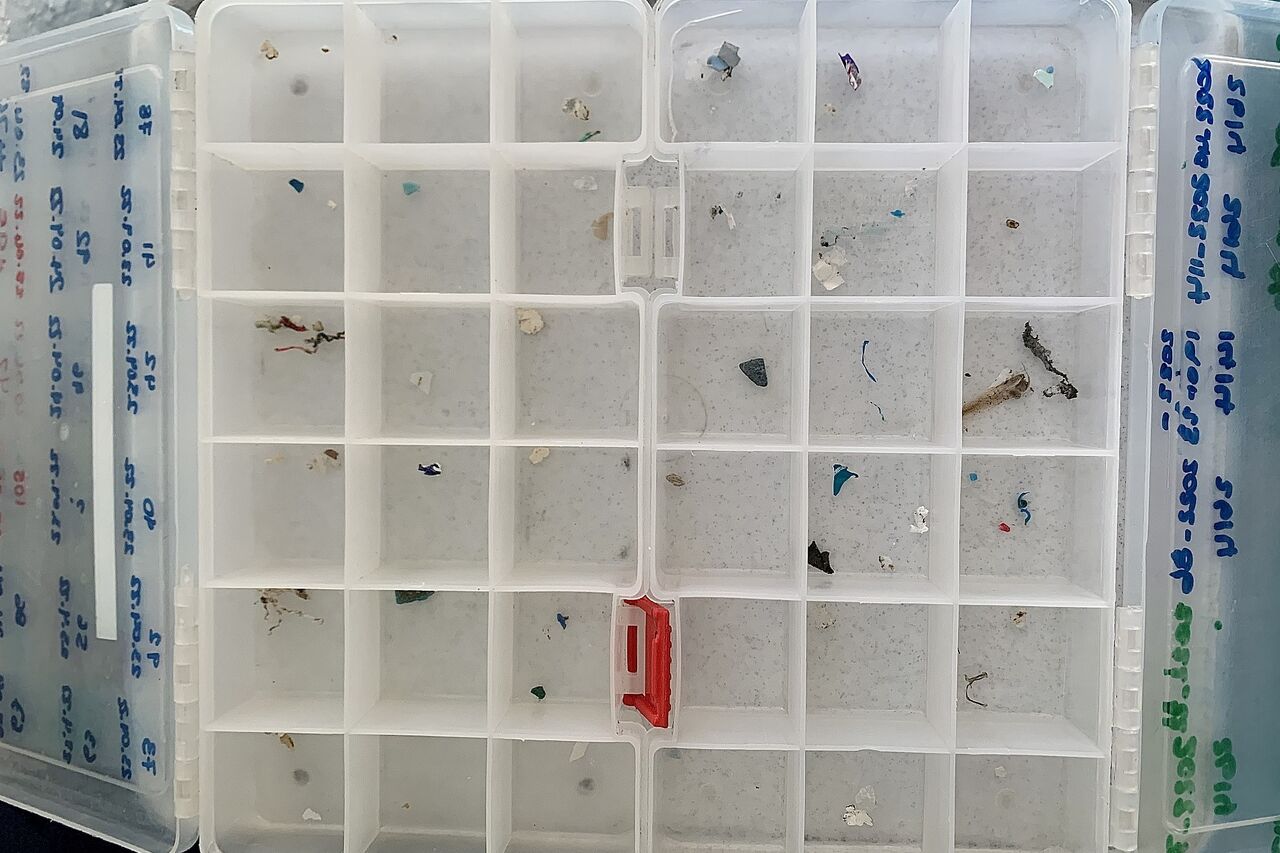
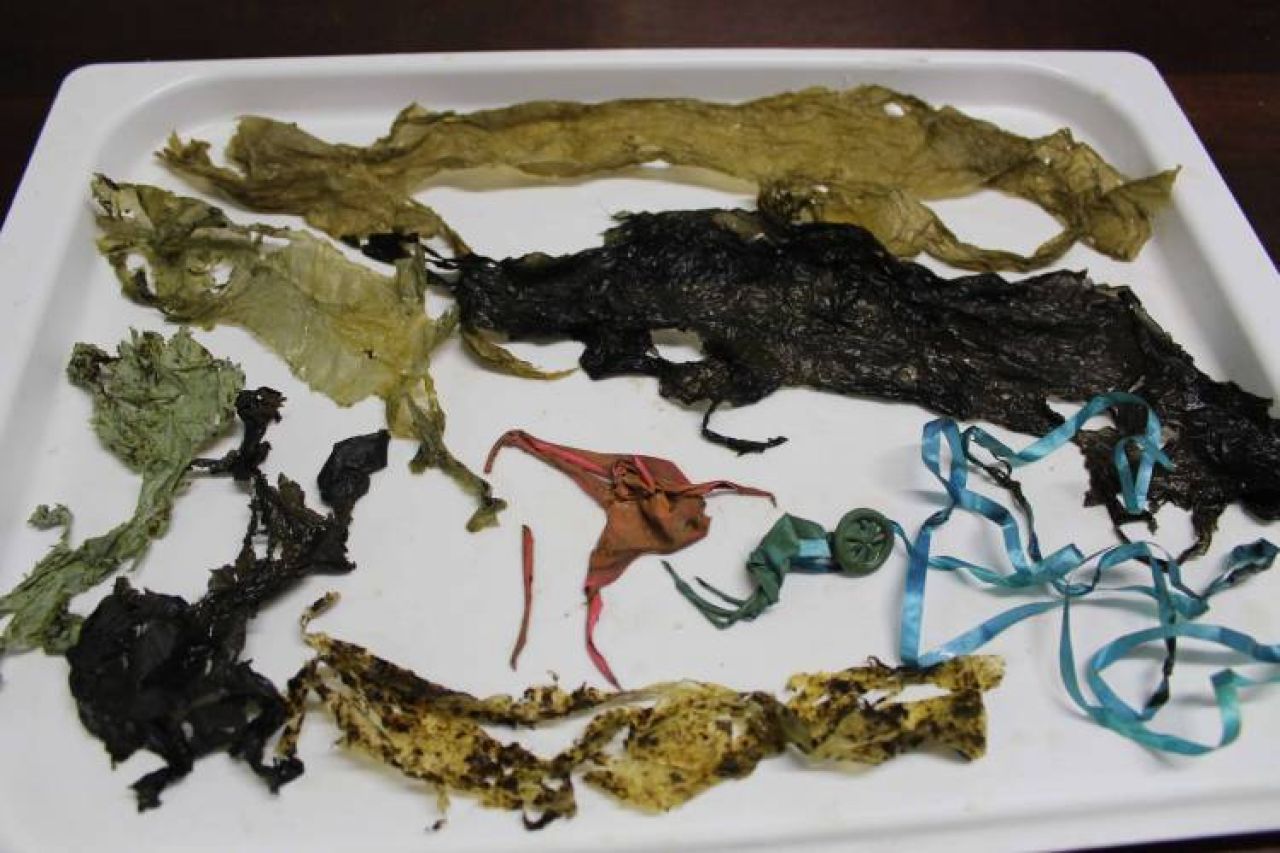
The plastic problem
There is a devastating amount of plastic in the ocean. According to Ocean Conservancy, nearly 11 million metric tonnes of plastic enter the ocean every year. This is over and above the 200 million metric tonnes that are already circulating in the currents around the world.
How can we interrupt the cycle of pollution? How can we preserve and protect our marine life from these man-made threats? How are we reshaping our relationship with plastic? Are we showing the environment enough respect?
The plastic crisis may seem insurmountable, but small, steady changes add up to big impacts. By changing a few of your daily habits, YOU can make a difference in the future of our planet for humans and marine life.
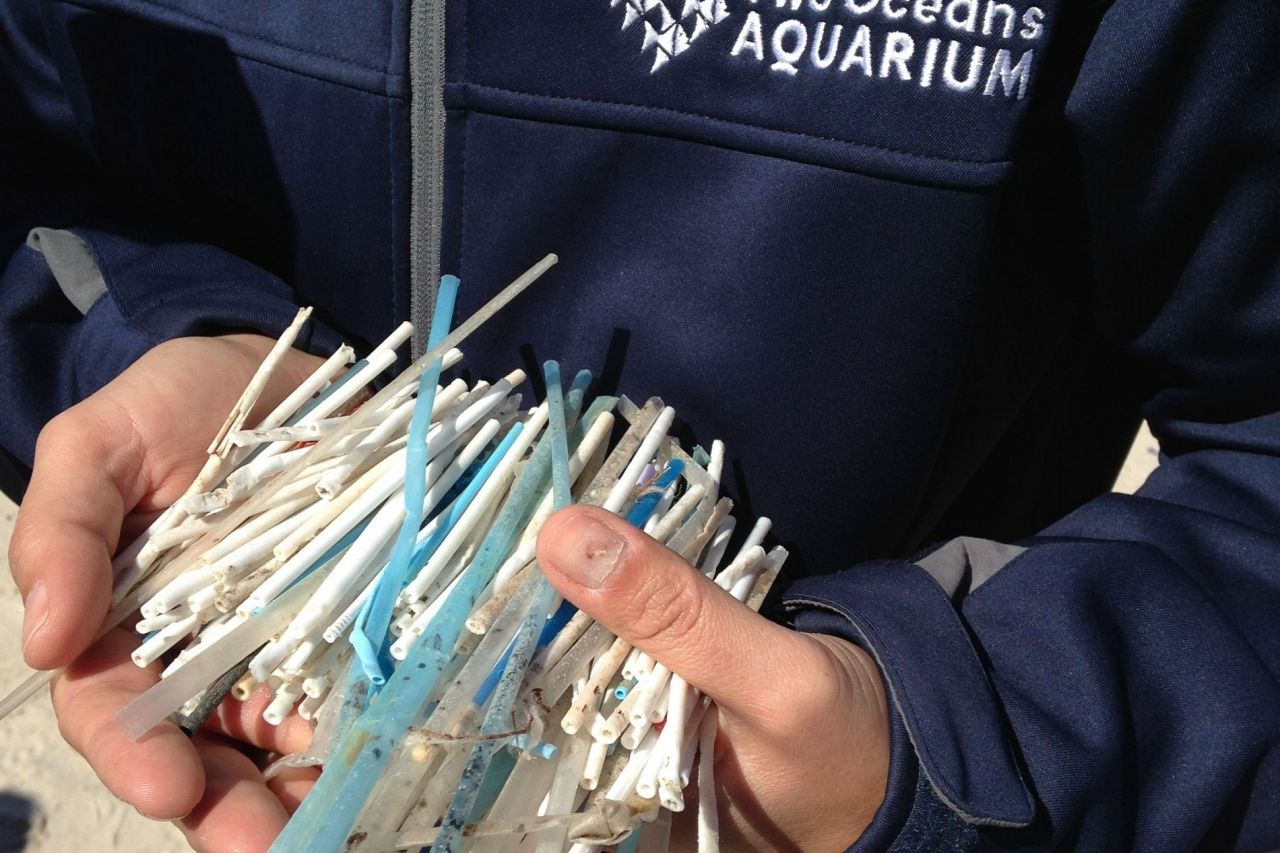
Let’s get practical!
So, you want to make a positive difference. Now what?
Let’s start simple. Look around your home, office, or car. What easy changes can you make to reduce your plastic usage?
Replace single-use plastics with reusables.
- Replace your takeaway coffee cups with a reusable mug - you can keep them in your car or workplace so you always have one on hand. Some coffee shops even give a discount if you bring your own cup.
- Replace plastic shopping bags with reusable bags. Keep them in your car, in your handbag, or get one that can clip onto your keys so that you are never without a bag.
- Sip with your lips. Say no to straws.
- Look for shopping items in glass or recyclable packaging.
Be responsible.
- If you have to buy plastic, always use it responsibly. Do your best to recycle the item once you have used it - for example, use plastic bags as bin-liners.
- Upcycle if you can.
- NEVER litter. Remember – all drains lead to the ocean, so every time you litter, you are contributing to the plastic crisis.
Speak out
- Speak to your children, family, friends, ward councillor, municipality, and community leaders. Tell them about the plastic crisis in the ocean and urge them to make a positive difference by changing their ways.
- Engage with politicians – make sure that they are aware of the plastic problem and challenge them with questions as to what they are going to do about it.
Join in
- Join cleanup events like Trash Bash and lend your support to environmental campaigns to raise awareness.
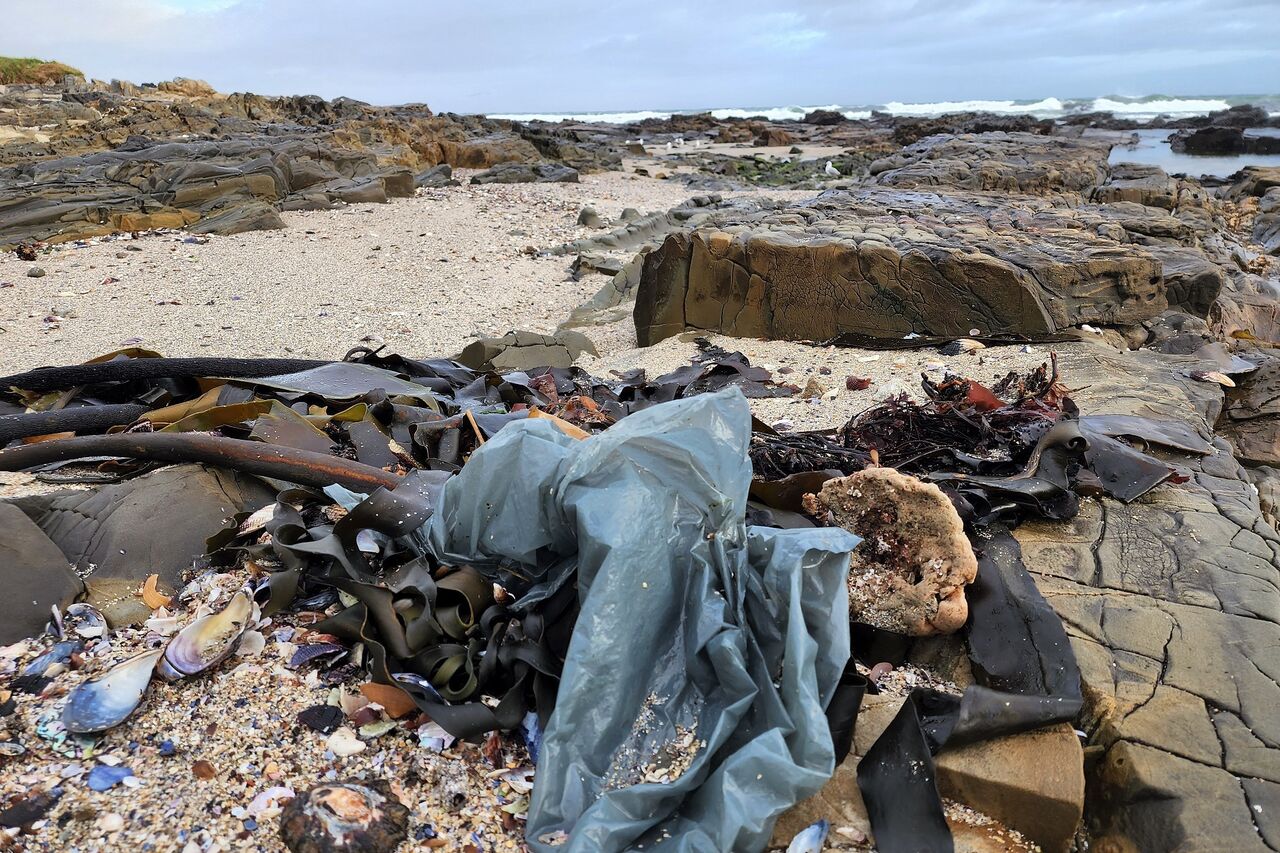
The plastic crisis is a worldwide problem. Although it may seem impossible to solve, we can all contribute towards a brighter future for our planet. Change starts with individuals!
We challenge you to embrace Plastic Free July - you can make small changes in your daily life to interrupt the cycle of pollution. Go on, grab a reusable cup, and get started!
Related News
Sign up to our Newsletter
Receive monthly news, online courses and conservation programmes.



